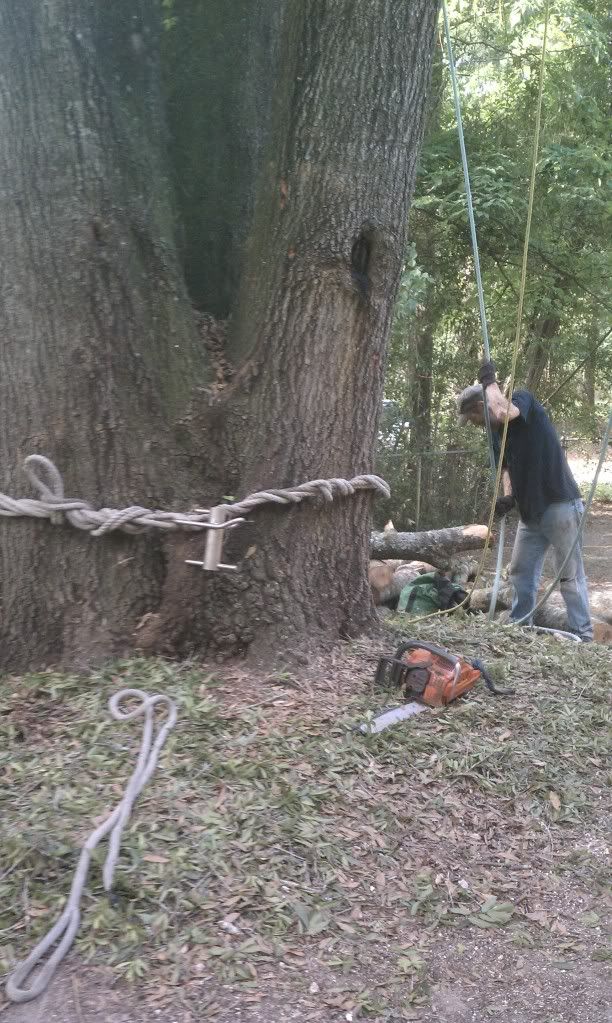rskybiz
TreeHouser
I have used it and now would like to know more on the reason and dynamics of the twist under the timber hitch in rigging out chunks. I call it a twist as I cant seem to remember the term I know or in my logic feel... it is so the distance between the block and piece can be as close as possible minimizing the drop distance. What has always had me curious is the bend ratio and the stresses at the twist.
I know or in my logic feel... it is so the distance between the block and piece can be as close as possible minimizing the drop distance. What has always had me curious is the bend ratio and the stresses at the twist.
If need be I will post a picture of the exact thing I am talking about or you can see the "twist" in my work pictures post a few days ago. I have always wanted to discuss the pros cons and reasons Thanks in advance and I look forward to what you all have to say.
 I know or in my logic feel... it is so the distance between the block and piece can be as close as possible minimizing the drop distance. What has always had me curious is the bend ratio and the stresses at the twist.
I know or in my logic feel... it is so the distance between the block and piece can be as close as possible minimizing the drop distance. What has always had me curious is the bend ratio and the stresses at the twist.If need be I will post a picture of the exact thing I am talking about or you can see the "twist" in my work pictures post a few days ago. I have always wanted to discuss the pros cons and reasons Thanks in advance and I look forward to what you all have to say.


